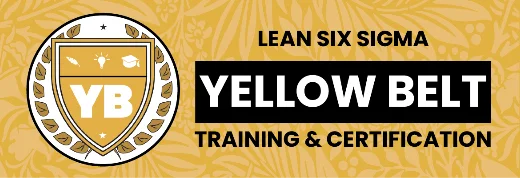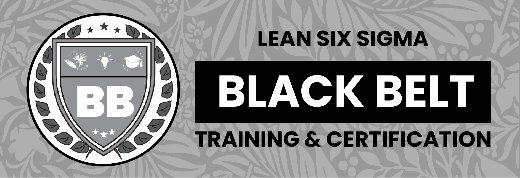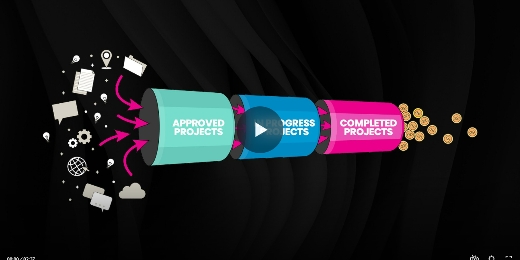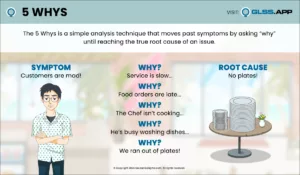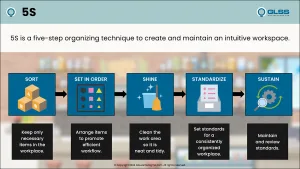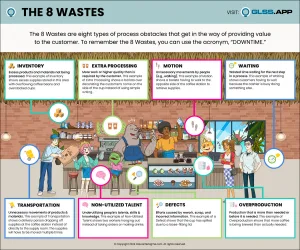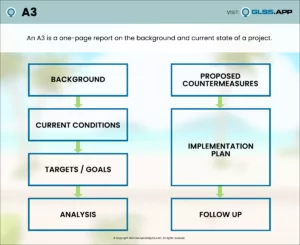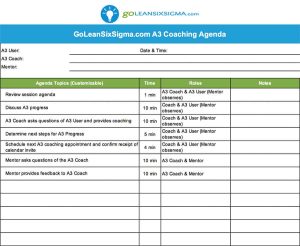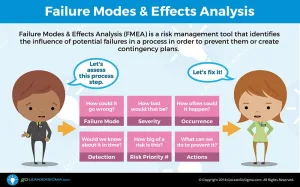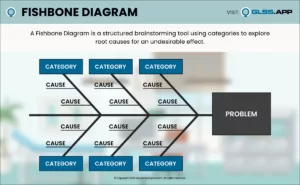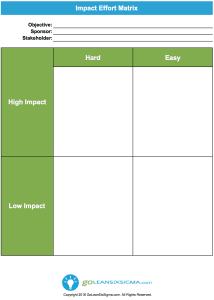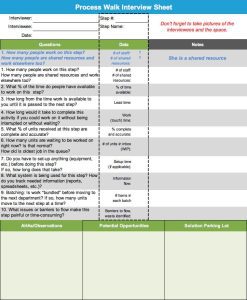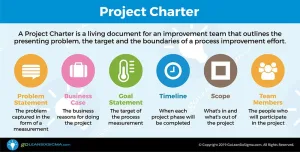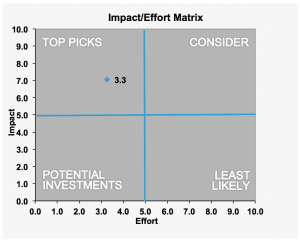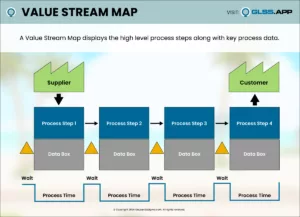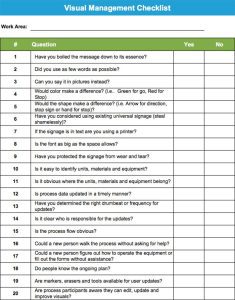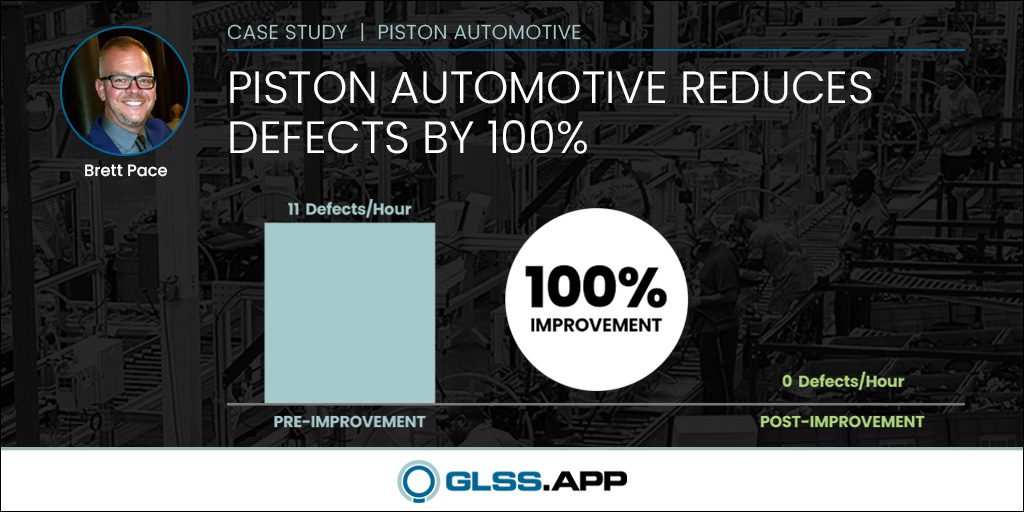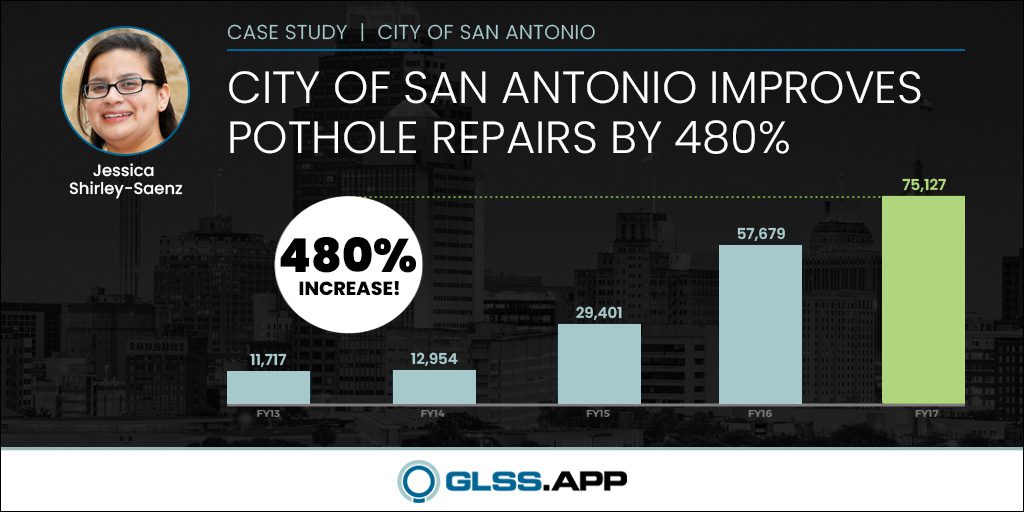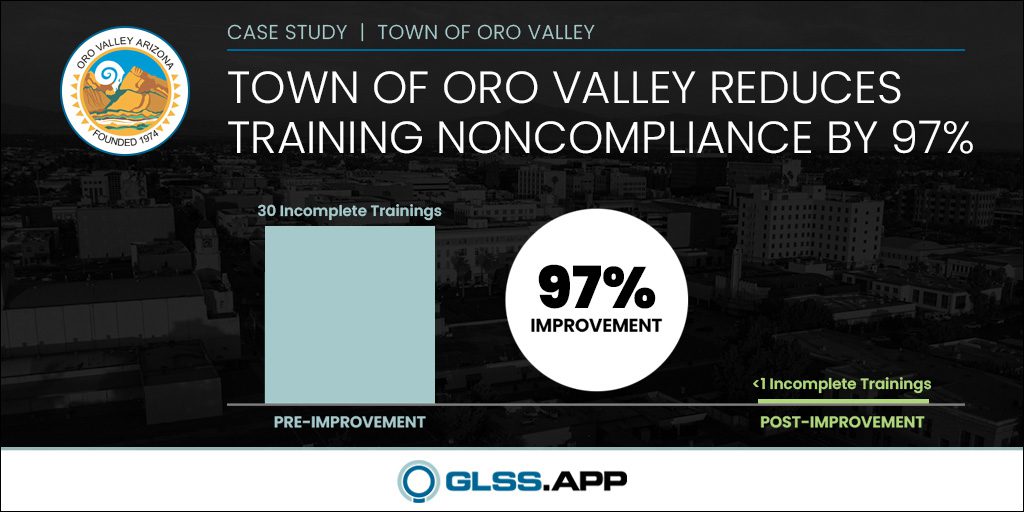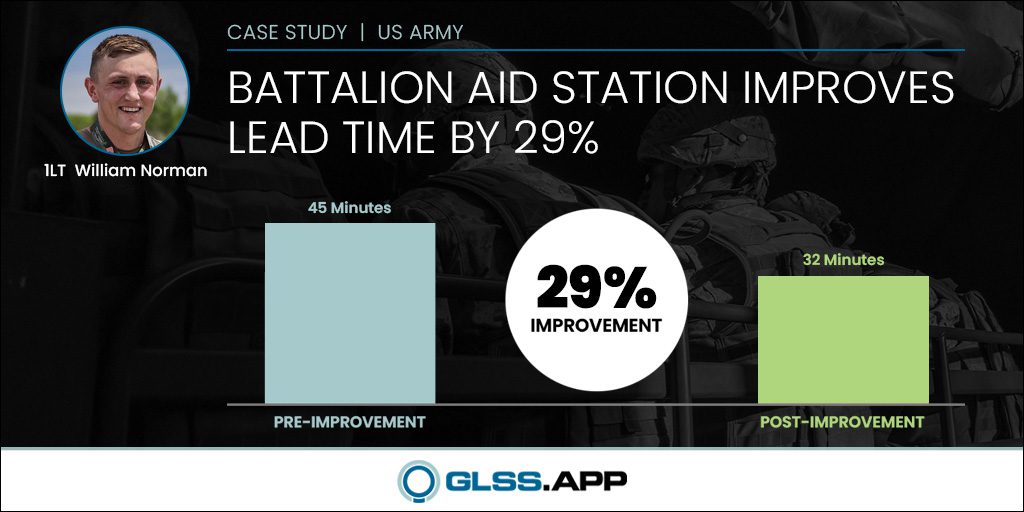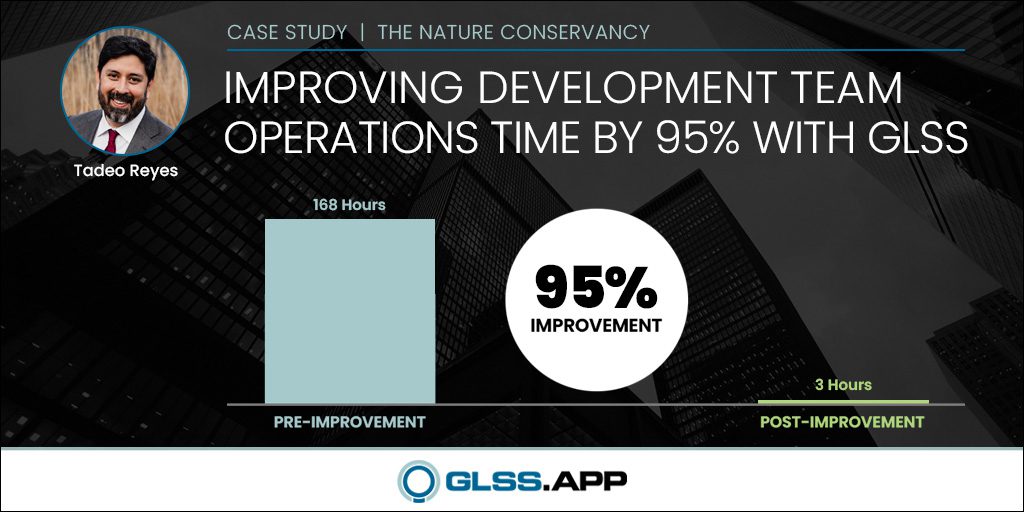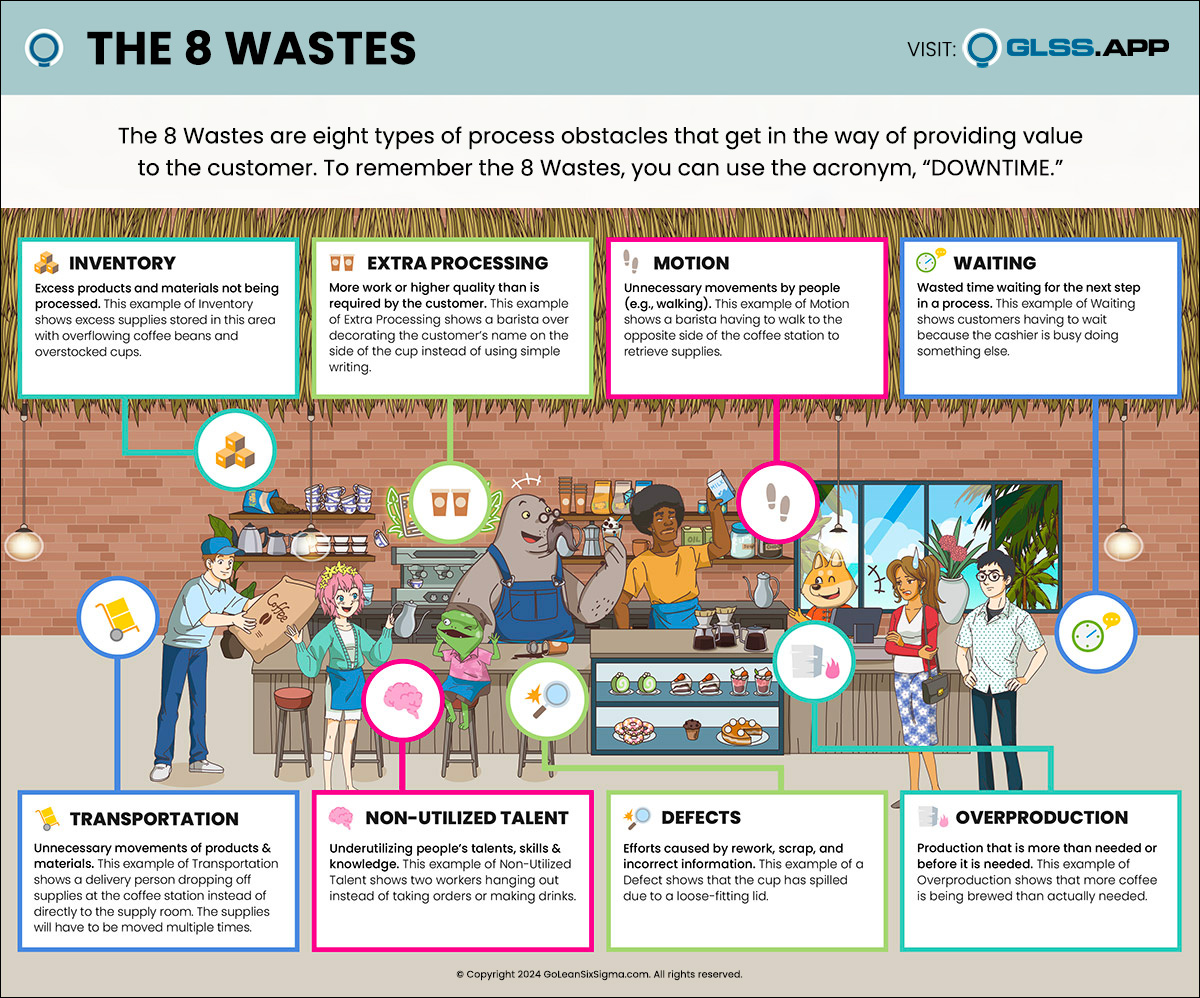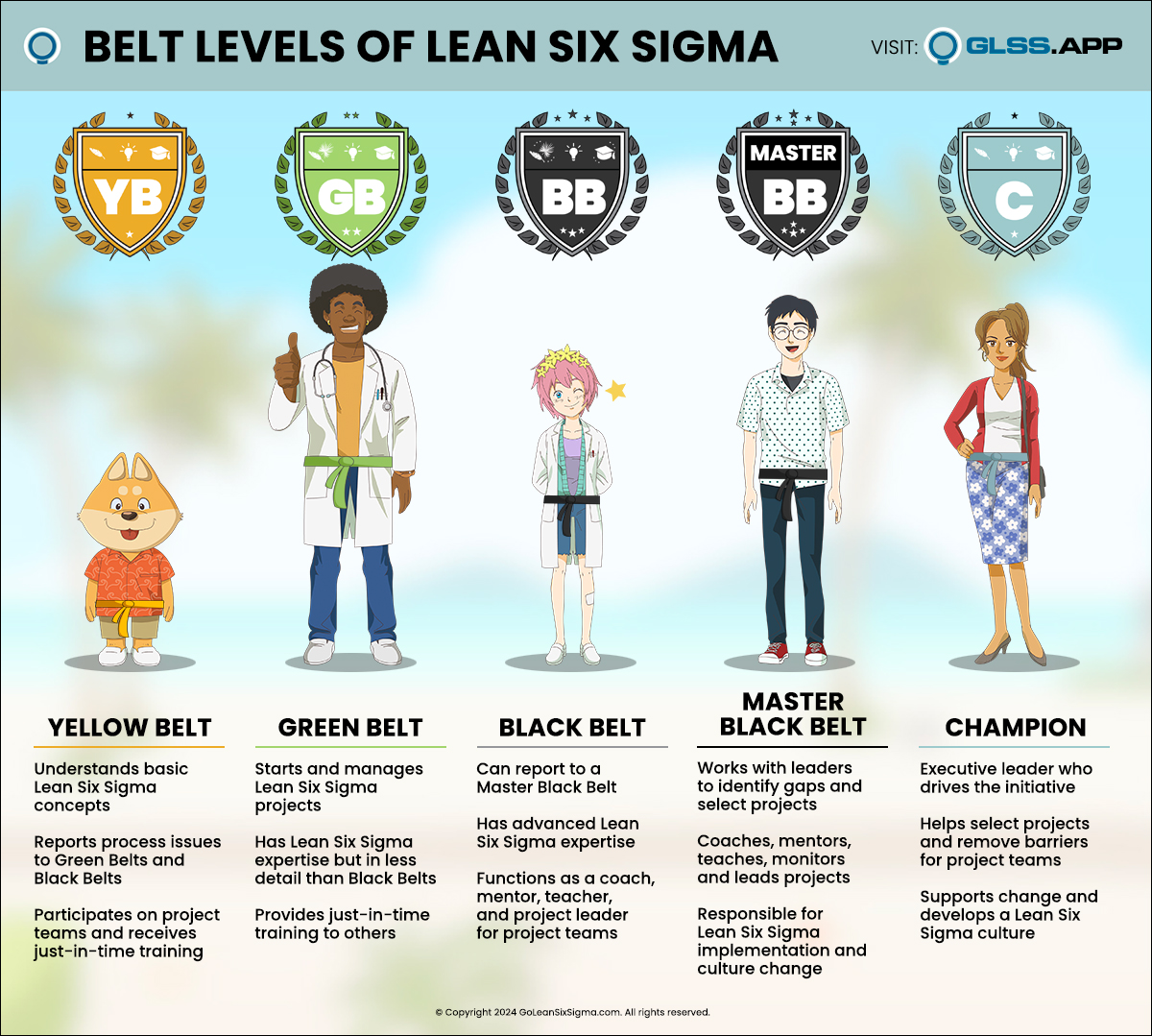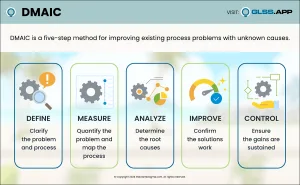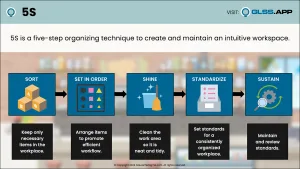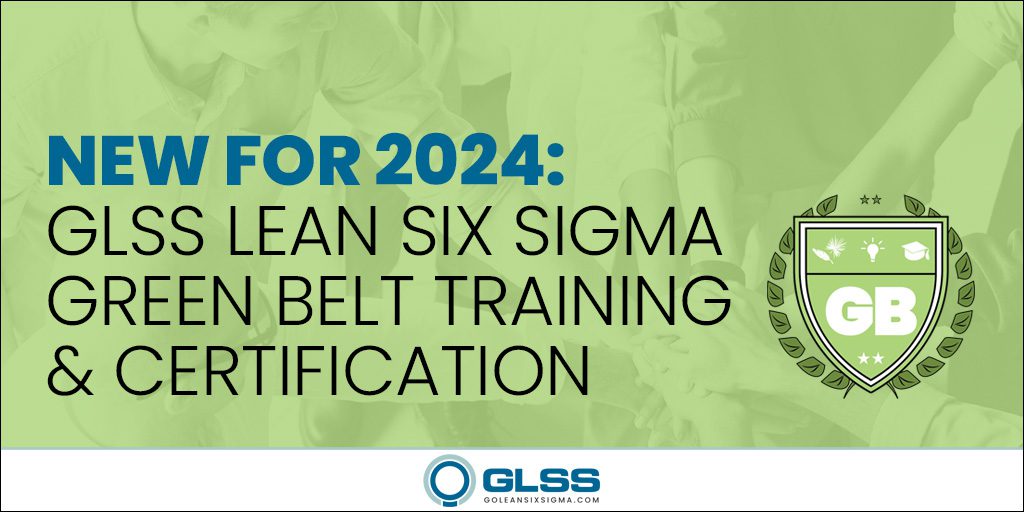
Growing up in the 1980s and 90s, somebody I always looked up to—and still do today—is Michael Jordan. It wasn’t the fact that he helped his team win 6 NBA titles or that he averaged 30 points a game or even that he followed up his playing career with a second act as a smart businessman. It’s the fact that he embraced failure and leveraged it throughout his life to get better. Here are 3 Lean Six Sigma Lessons from Michael Jordan.
Michael Jordan Attributes His Wins to His Failures
During his sophomore year in high school he was cut from the varsity team. Throughout his career he used failure, not as something to fear but as something to leverage. My two favorite quotes of his are: “The key to success is failure.” and “I’ve missed more than 9,000 shots in my career. I’ve lost almost 300 games. Twenty-six times, I’ve been trusted to take the game-winning shot and missed. I’ve failed over and over and over again in my life. And that is why I succeed.”

A Continuous Improvement Journey Starting in the Military
I have been involved in Continuous Improvement for about 12 years now. I started my CI journey in the Army when they rolled out Lean Six Sigma—earning my Black Belt and then becoming a Certified Master Black Belt. I led an organization in the Army’s CI program before moving to the private sector and had the good fortune of becoming a leader within the Continuous Improvement programs of Siemens, Nike and Radial (formerly eBay Enterprises) before starting my own consulting company.
I have failed throughout my CI journey—early on, failure occurred more than success. However, I always leveraged those failures to adjust my approach, share lessons learned with others and passionately work towards improving the way I helped organizations leverage Continuous Improvement to “improve their bottom line and get closer to their True North.”
I always leveraged those failures to adjust my approach, share lessons learned with others and passionately work towards improving the way I helped organizations leverage Continuous Improvement.
Why Would Failure Been Seen as an Ending?
However, lately I have seen an increase in the number of people talking about how Continuous Improvement, Lean, or Lean Six Sigma are “dead.” If you spend any time on LinkedIn you know what I am talking about—weekly postings on the “death of Continuous Improvement.” As somebody who is passionate about leveraging people to continuously improve processes to optimize organizations—I respectfully ask that we stop all this “death of CI” talk.
Most improvement efforts don’t get the results that organizational leaders desire. There is ample research on this topic—I contributed to some of this research through my doctoral dissertation. However, focusing on the fact that most improvement initiatives fail would be like Michael Jordan focusing on missing over 9,000 shots and stopping there.
Why Not Leverage our Lessons?
Instead, we should focus on understanding why Continuous Improvement efforts fail and leveraging those learnings to reduce the failure rate. The same research I cited above gives us great insight into the root causes of these failures. Let’s follow our own methodology, dig into the root causes and address them to ensure successful improvement efforts.
We should focus on understanding why Continuous Improvement efforts fail and leveraging those learnings to reduce the failure rate.
While there are many reasons for these failures, I want to talk about a few I have studied first-hand during my career. I would also like to share a few methods I have used to avoid or overcome common failures.
Lesson 1: Engage Leadership
Leadership engagement is absolutely critical to any successful Continuous Improvement program. Notice I said “engagement” and not “support.” Leaders within an organization must actively engage their teams to continuously improve the processes they lead. It doesn’t mean leaders must be CI experts, but they must be familiar with the methodology, talk about Continuous Improvement often and be knowledgeable of and talk to their teams about things like “pull versus push,” “takt time,” “Visual Management” and “Standard Work.”
Lessons 2: Measure What’s Important
Metrics are critical to any Continuous Improvement success. To quote a foundational adage of Continuous Improvement: you can’t improve what you don’t measure. Yet, I have lost track of the number of times I have seen projects without any true measures of success or how often I’ve witnessed a CI program struggling to convey to executive leaders the contributions they are making. Avoid metrics such as “number of people trained”—I would argue that metrics such as these fail to accurately measure the impact that Continuous Improvement has on an organization.
You can’t improve what you don’t measure.
Include a Finance Partner
I learned a tough lesson early in my career working on an enterprise-level project for a very large and well-known company. Towards the end of the project, I conducted a report-out with the CEO. I smiled as I relayed the multi-million dollar savings associated with the project. The CEO looked at the CFO and asked if he had seen the numbers and agreed with them. He read through them and after a few minutes responded “no” and “no.”
I learned a tough lesson that day. From that point forward, I have always included somebody from finance early and often in continuous improvement efforts.
Focus on the Outputs
Training is critical for any Continuous Improvement program to be successful. Green Belt, Black Belt, Continuous Improvement Champions, leadership training and much more are done across organizations around the world. The goal is to create a bench of employees who can leverage Continuous Improvement tools to improve processes. The problem is when organizations miss the mark in terms of strategically aligning the effort with measurable goals.
Metrics such as “total employees trained” or even “number of projects completed” aren’t useful in expressing the impact of Continuous Improvement. Think about how many “one-and-done” Belts have been trained or the number of people who complete training but never complete projects. Rather you should model what you want out of the training—what do you want those who complete the training to accomplish? Then ensure that the training program fosters those goals.
Lesson 3: Keep It Simple
Finally, Continuous Improvement efforts must be simple. There is an acronym I learned in my time in the military: “KISS” or “Keep It Simple Stupid.” For some reason, Continuous Improvement practitioners like to develop complex programs that executive leaders have a hard time comprehending—as do other leaders and front-line employees. The complexity prevents organizational understanding.
A “Continuous Improvement System” is critical, however, I encourage organizations to build those systems to work with their unique organizations. While the Toyota Production System is great—and has set the bar very high for everyone else—it won’t work for everyone. Each organization has its own culture, challenges and structure. Therefore, while the basic tenets of Continuous Improvement may be universal, the operating system should not be.
Each organization has its own culture, challenges and structure. Therefore, while the basic tenets of Continuous Improvement may be universal, the operating system should not be.
Make Your Failures Drive Your Success
Those are only a few of the common root causes that research and personal experience has shown lead to Continuous Improvement failures. We shouldn’t dwell negatively on these failures or take them as a sign that “Continuous Improvement is dead.” Rather, like Michael Jordan, we should focus on the lessons we can pull from them, passionately leverage the failures to improve, and work to change the narrative in terms of what drives most Continuous Improvement to succeed.
I challenge everyone reading this to “learn from failure”—as a community be dedicated to leveraging learnings from those failures to continuously elevate the way we improve organizations.

